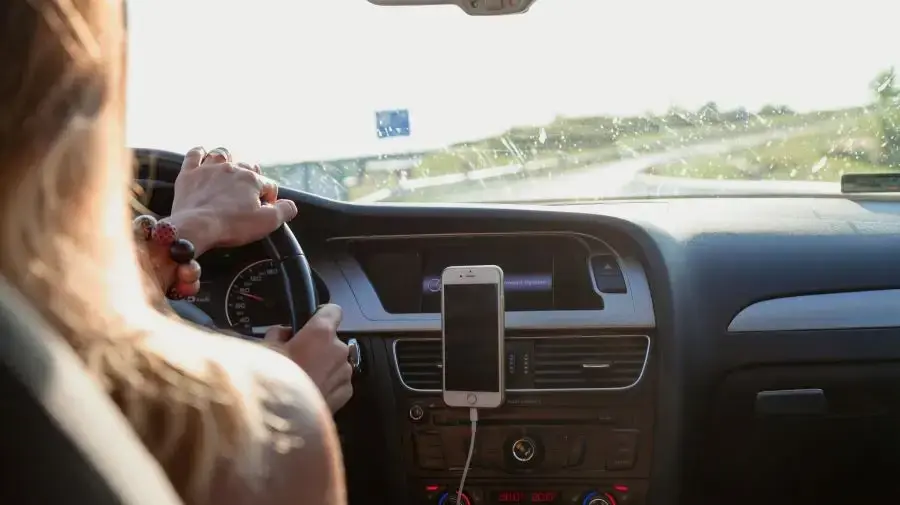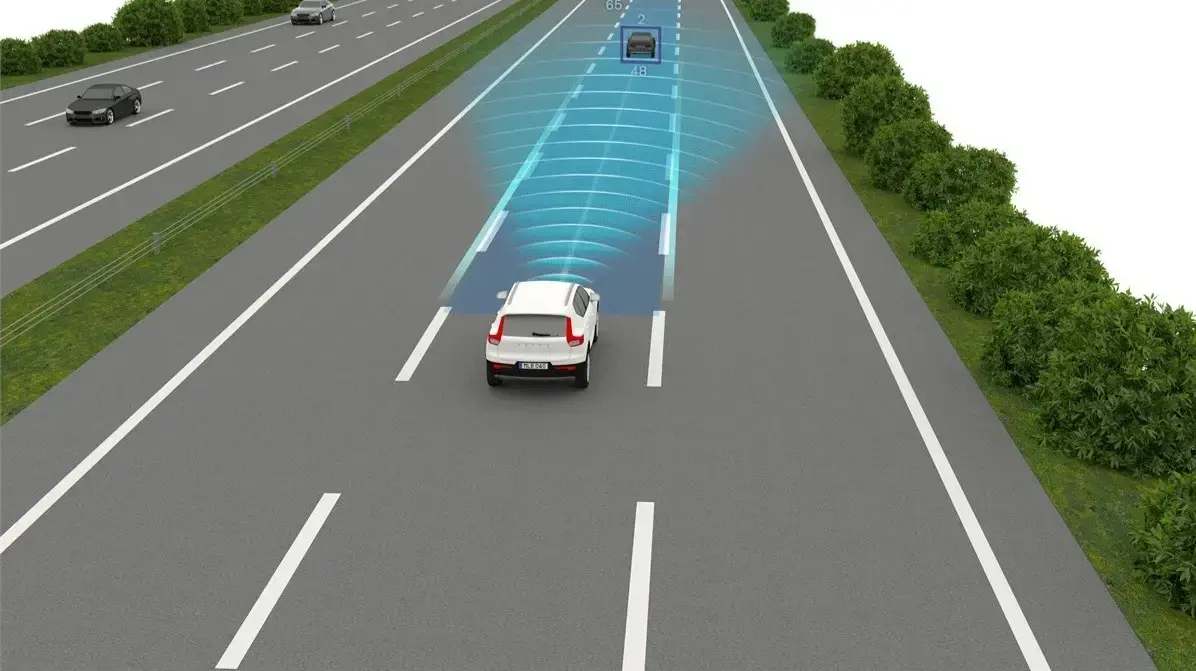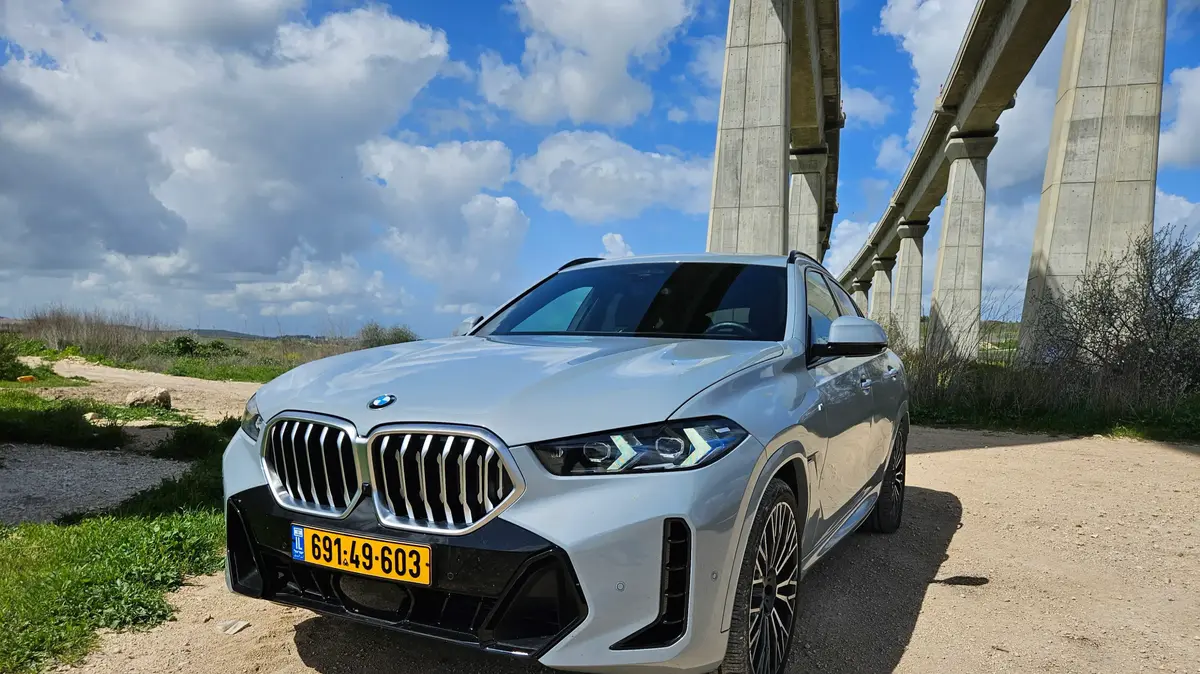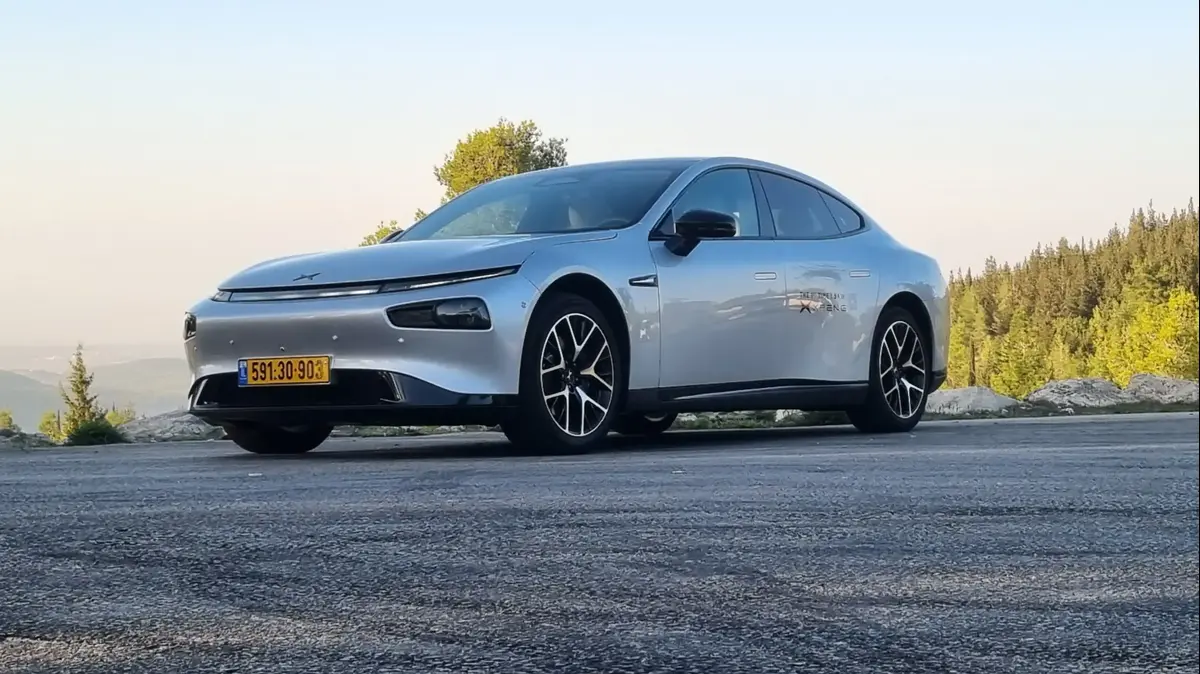The advanced safety systems fail the test
If you trust the pedestrian detection and automatic braking systems in your cars, you should start worrying in the dark.
Few of them passed the test
Voila! A car
02/10/2022
Sunday, October 02, 2022, 22:20 Updated: 22:29
Share on Facebook
Share on WhatsApp
Share on Twitter
Share by email
Share in general
Comments
Comments
IIHS Night Advanced Safety Systems Test (IIHS)
The Institute of Highway Safety Insurance Companies is an organization that works to improve road safety in the United States and is better known by its abbreviated name - IIHS, recently conducted a series of tests for the advanced safety systems in vehicles responsible for detecting pedestrians, but this time in dark conditions and the test results are very worrying.
In the detection and braking test in the dark, only four of the 23 vehicles tested received the highest score, more than half of the vehicles only reached the basic score or did not receive a score at all.
Their failure to perform well in the dark is accentuated when in daylight 19 of the 23 cars put in top-scoring performances.
Mustang Mach E is one of the few that received a high score (photo: manufacturer's website, manufacturer)
The four highest scoring cars were the Ford Mustang Mach E, Nissan Pathfinder, Toyota Camry and Toyota Highlander.
Below the maximum score there were seven cars that received a "good" score and they included the Honda Accord, Hyundai Palisade, Hyundai Sonata, Nissan Frontier and Murano, Subaru Ascent (Evaltis in Israel) and the Outback.
But from there begins the list of cars that won the base grade only due to their achievements.
In this list you can find the Chevrolet Traverse, Ford Explorer, Maverick and Ranger, Mazda CX9, Volkswagen Atlas, Atlas Cross Sport and Tiguan.
The systems of the Chevrolet Malibu, Honda Pilot, Nissan Altima and Toyota Tacoma performed so poorly that they were not even enough to receive a score.
good to know (in advance)
A revolution in the world of facial treatments: AI and radio waves in a home device at a special price
Served on behalf of B Cure Laser
Chevrolet Malibu, low performance to win a score (photo: manufacturer's website, manufacturer)
The test for the automatic detection and braking systems has been conducted by the institute since 2019, only passing it allows cars to receive the highest safety scores awarded by the institute.
The emphasis given to it in the American and European safety tests and the widespread distribution of the system resulted in the fact that in the last year 9 out of every 10 vehicles tested by the organization were equipped with such a system.
"As we expected, most pedestrian detection systems don't work well in the dark," says IIHS President David Harkey, "but it's clear that automakers can meet this new challenge. Ford, Nissan, Toyota showed this when they received the highest score on some of their models." .
Harkey also noted that they were concerned that it was pickup trucks, crossovers and SUVs that failed the test, as these are particularly dangerous for pedestrians.
Pedestrians are the most vulnerable group of road users (photo: MDA, documentation of MDA operations)
Pedestrians are the most vulnerable population group on the roads.
In 2021, they were 13.8% of all casualties, but 25.8% of all seriously injured and 26.9% of deaths.
That is, in an accident involving a pedestrian, the chance of serious injury or death is higher than any other group of road users.
There are no data regarding the distribution of the type of accident in which most pedestrians are injured, but the explanation is that they are injured in two main scenarios - crossing the road or walking on the curb, in both cases the hours of darkness are the most problematic.
The crossing scenarios were tested at speeds of 20 and 40 km/h and those with pedestrians on the side of the road at speeds of 40 and 60 km/h.
That is, the vehicles had difficulty recognizing and activating the safety systems even at speeds that are not particularly high.
One of the reasons for this is the reliance of a significant part of the manufacturers on cameras for the purpose of identifying pedestrians.
And while in daylight and optimal lighting conditions the cameras provide a reasonable solution, in the hours of darkness they are often limited to the range of the headlight beam and sometimes the more sensitive cameras are "blinded" by the light beam.
The radar is not affected by lighting or weather conditions, but its capabilities depend on the resolution it reaches (photo: manufacturer's website)
"The unfortunate results are not surprising, they emphasize the importance of using vehicle sensors that can identify and classify road users such as pedestrians and cyclists, in all weather and lighting" explains Kobi Marenko, CEO of Arba, a manufacturer of chips for radar systems for vehicles. In radar
-based identification, the principle of operation His is independent of lighting or weather conditions, detection is possible in any driving situation and will create a "snapshot" even without external lighting. But not all radars are created equal, "in the radars that exist on the market today, which have a low resolution, false alerts appear that can cause two dangerous scenarios: The first - false alerts, cases where the sensor detects an object that does not actually exist.
and makes an unnecessary stop, which may cause an accident with the other vehicles on the road.
It is a very scary experience for the passengers in the car.
The second - classification of a real alert as a false alert - a case where an actual agent is found in front of the vehicle,
Arba's solution, which is based on high-resolution radar, makes it possible to overcome this weakness, not perfectly, but at least it overcomes most of it and minimizes false alarms.
"High-resolution separation of objects on the road according to their height is also critical - the vehicle must recognize whether it is a tall sign that you can drive under, a sewer cover that you can continue to drive over, or a pedestrian or an obstacle on the path that requires braking."
Arba's autonomous truck at the port of Rizhao (photo: Arba)
Araba, which works with quite a few Chinese component suppliers, will put its array of chips and radars to the test by integrating them into an autonomous FAW truck operating at the port of Rizhao in China.
The company's chip package consisting of 48 transmission channels and 48 reception channels enables thorough and dense mapping of the vehicle's environment and helps the truck's orientation in space.
Among the auto-tech industry, the assumption is that long before we see private cars moving autonomously, it will be trucks and similar vehicles in closed and defined areas that will move to fully autonomous driving.
vehicle
safety
Tags
barge
safety systems
Car safety systems
Road Safety















